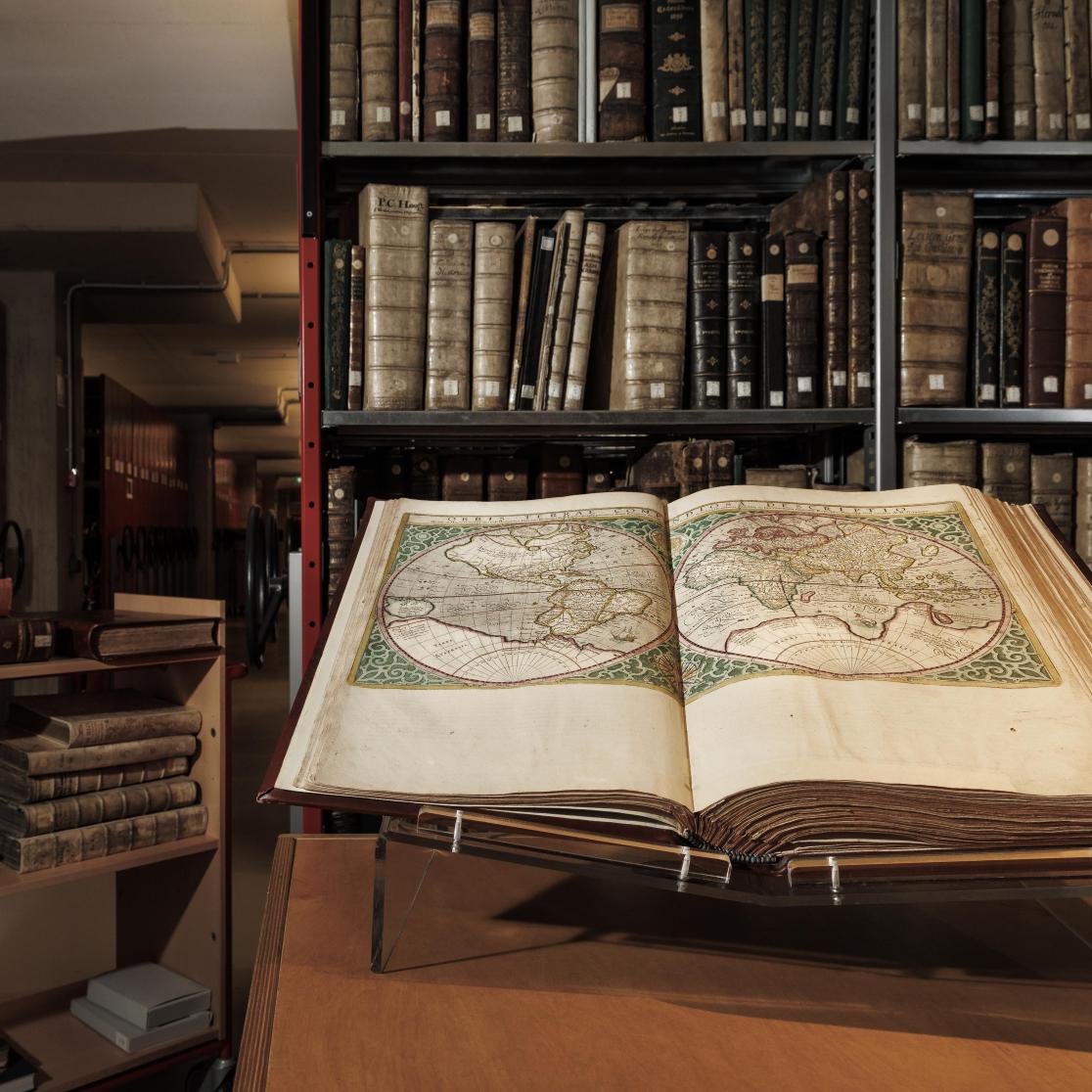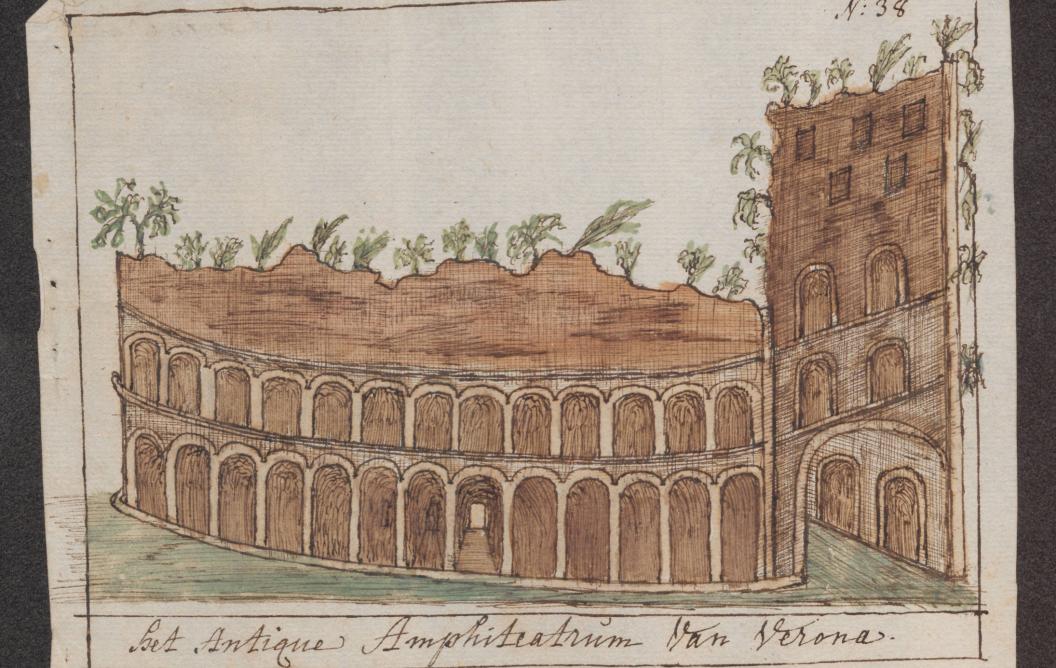Universities in Southeast Netherlands find connection in heritage
'Connected by Heritage', a project in which Radboud University and Maastricht University are working together, is intended to bring more attention to the masterpieces from the heritage collections of both universities in the coming year. In addition, library staff will be trained in the sustainable digital accessibility of heritage. There will also be a fellowship for a researcher and artist in residence. The entire project is financed from the collaboration of Radboud University and Maastricht University.
Throughout the Netherlands there is a lot of attention for heritage in local history circles and small museums. "Heritage plays a role in local identity, in feeling connected to the environment. 'Connected by heritage' is not only a reference to our collaboration, but is also about the role of heritage in a society where connection is badly needed,” explains Johan Oosterman (director Radboud Erfgoed).
That perspective on heritage also ties in with the Faro Convention, which the Netherlands signed early this year: in that treaty, people's relationship with heritage is central.
Training programme and knowledge point
And more connections are being made, because 'Connected by Heritage' is not only about university heritage, says Odin Essers (curator of Special Collections Maastricht University). "The activities we will undertake must also have added value outside our institutions. For example, we are working on training and knowledge development in the field of Linked Open Data (LOD). This is a way of making heritage digitally available that contributes to making source material findable, usable and sustainable. Too often you see that after a few years a website is no longer maintained or removed and everything that was on it can no longer be found. References from other websites also become dead ends. LOD is a way of sharing and linking data on the Internet and prevents you from being unable to find anything anymore in such cases. With LOD, in which we in Maastricht have already built up a pioneering role in the Netherlands, you avoid throwing the baby out with the bathwater."
The ambition of this subproject of 'Connected by Heritage' is for Maastricht University and Radboud University to develop into a joint knowledge centre, with a training offer and a questioning function.
Shared narratives
Another subproject is about Open Top pieces. Oosterman: “We are going to make a selection of highlights from both Special Collections that are linked in content. Think of books by missionaries who travelled to distant worlds. Both universities have fine specimens of these in their collections. We both have a lot of material from monasteries and schools, for example, in which we want to show cross-connections. Shared narratives, that's what it's all about. And we want to make the dazzling masterpieces from each other's collections more visible, findable and usable through better digital accessibility and online presentation in the form of Linked Open Data.”
“Shared narratives, that's what it's all about.”
Johan OostermanConnecting research and art
Finally, there will be a fellowship for a researcher and an artist in residence who will jointly delve into the provenance of both collections. Essers: 'The central question is how that provenance has determined the character of both collections. Radboud Erfgoed has experience with such a duo project, in which Sophie Reinders and Katinka Polderman delved into the Special Collections of Nijmegen University Library. At the time, that resulted in a 'do-book' (Zwerfgoed), a very different result than when you just put a researcher to work.

Also read
-
DigiMach places Meuse-Rhine Euroregion at the heart of industrial digitalisation
DigiMach (Digital Machining) is a new cross-border project uniting Belgium, Germany, and the Netherlands around a common goal: accelerating the digitalisation of the machining industry in the Meuse-Rhine Euroregion.
-
Globalisation & Law Network seminar with Áine Ryall
On 24 November 2025, the Globalisation & Law Network, together with the Institute for Globalisation and International Regulation (IGIR) held the seminar with Professor Áine Ryall.
-
Guest Lecture: Lóránt Havas explores current challenges in the EU’s CFSP
Lóránt Havas delivered a guest lecture on the EU’s evolving CFSP, discussing key legal developments, institutional challenges, and new defence instruments.
